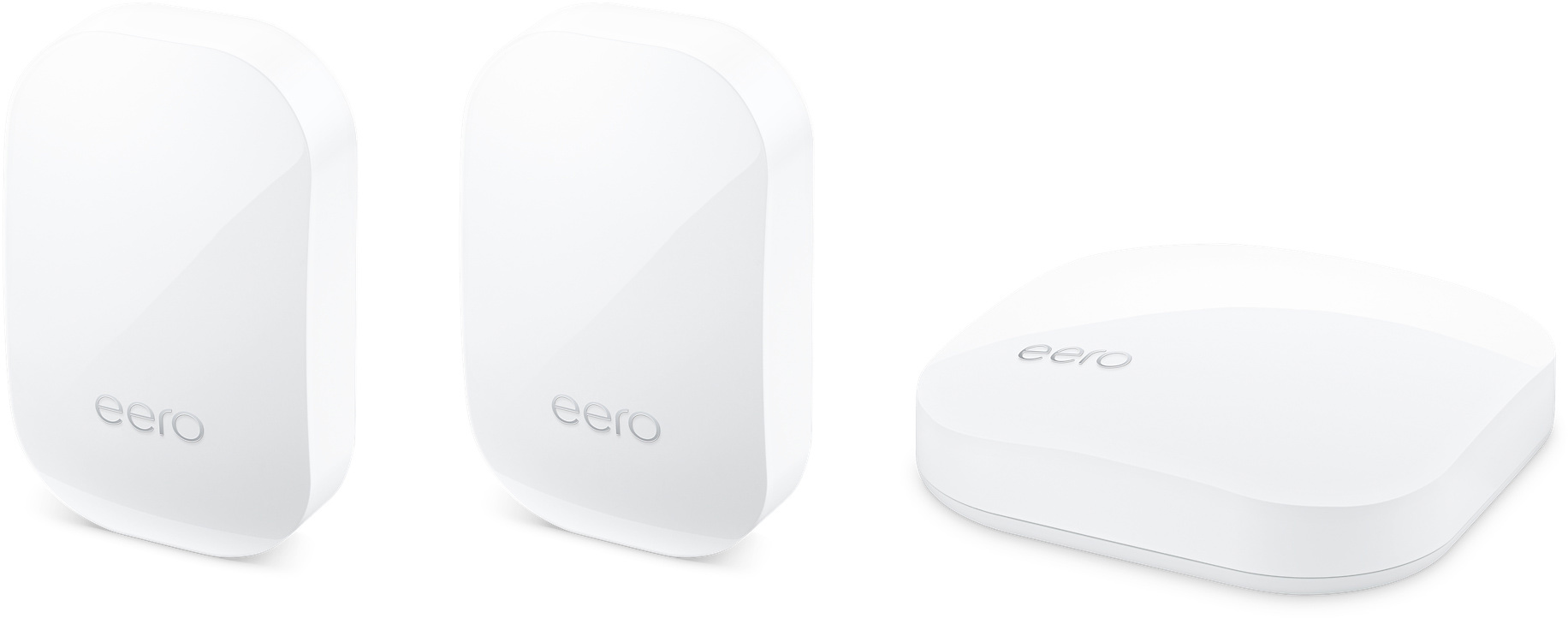Are these better than the Velop system they were, and are selling from Linksys?
My recent experience is that the three node system went totally bye bye. All of the child nodes stared blinking red, and the parent went into total Defcon1 reset mode. Just out of the blue. *BOOM* Totally more useless than it has been before.
Prior to that, I had one child node that wanted to be 'closer to the parent'. I set it on top of the parent, and it was still complaining about being 'too far away'. Their support said I had to 'bring them closer together'. I sent them a picture of the units stacked, and they sent me a replacement, which was a new, in-box single node kit. I was surprised. *shrug*
But I've left the system flaked out because it's been such a POS for me. I'm surprised. I even had to go get the Airport Extreme units I donated to get wifi to work again.
Apple certainly screwed the saw horse when they dropped those units. They just seemed to work. *sigh*
I, too, have the Linksys Velop Whole-Home Mesh Wi-Fi System (3-pack) and I'm still using it....
Things I hate:
• Lame set-up app on iPhone.
• On multiple occasions, Firmware updates have stealthily caused interruption of WiFi data transmission. There will be a strong WiFi signal but yet connectivity will remain borked until resetting the system.
• The indicator LED on the devices have the craziest non-intuitive colors/behaviors. There's red, blinking red, dark purplish-blue, blinking dark purplish blue, baby blue (did I miss any?).
• If Internet service is interrupted, e.g., issue with provider, loss of physical cable/fiber connection, power failure affecting router/modem/ONT (but not Velop primary node itself), or router/modem/ONT is deliberately reset or power cycled, it is extremely unlikely that WiFi will resume without manual intervention once the internet connectivity is reestablished. Typically, the manual intervention required is the power cycling of the primary node.
• With mesh systems there will always be
some tradeoff between throughput and coverage. But that tradeoff should be pretty minimal with dedicated backhaul. With the Velop, it's pretty huge.
• Sometimes WiFi connectivity just stops for no apparent reason. Sometimes one node starts blinking red all of a sudden. Resetting the system via "Restart Velop" in app or web UI may not be enough to get things going again. It may require power cycling
all nodes (starting with the primary) to get the system fully back in action. Once the primary node is up and running, the other nodes may take an inordinate amount of time to reestablish their own connectivity, going through one or more cycles of state transition with the aforementioned non-intuitive LED indicator colors changing along the way like some wacky Christmas lights.
• My userID for WAN-side management of the Velop system was quietly disabled due to the security breach at Linksys (that I was never informed of). So I chose to abandon usage of WAN-side administration and I changed the local admin password just to be safe. The Linksys app allows for connection locally, too, via the WLAN but when I entered my (new) local admin password, it wasn't accepted. Uhhh, what? Then I changed my local admin password again (in case that was being harvested by some app hack) and totally abandoned the Linksys app. The local admin password was accepted in the web UI without issue.
• Myself, for eventually clicking the "Place Order" button with my quivering, hesitant right pinkie.
Things I like:
• With the 3 nodes, I have mostly solid connectivity (albeit at reduced speeds to a varying degree) throughout the house and outside to every corner of my property. Translation of "mostly solid": about 1 random service interruption per month, requiring a power cycling of at least the primary node. Not to be confused with "solid" connectivity such as I'd experienced with my Apple AE and TC units (which absolutely
never got interrupted except when I chose to install firmware updates). Of course I have all of my computer, storage, and networking equipment plugged into UPS units -- including all 3 of the Velop nodes -- which helps minimize the frequency of these WiFi issues.
• The nodes are tall enough to accommodate decent antennas but yet not large enough to be cumbersome or ugly.



